Some of our valued customers




.png?width=2000&name=Eyda_Offblack_Registered%20(1).png)












![]()









![]()
![]()
.webp?width=229&height=100&name=BytorvHorsens%20(1).webp)






.png?width=2000&name=Eyda_Offblack_Registered%20(1).png)












![]()









![]()
![]()
.webp?width=229&height=100&name=BytorvHorsens%20(1).webp)






.png?width=2000&name=Eyda_Offblack_Registered%20(1).png)

What Makes Us Special
People Counting
Facility Management
Tenant Management
Queue Management
Sales Analytics
Heatmaps & Tracking
We are experts in people counting, providing you with access to accurate and real-time footfall data that helps you optimize your space for maximized profits and enhanced customer experiences.
Learn MoreOur solution provides valuable demographic insights such as age and gender, allowing businesses to tailor their marketing and adjust their strategies to better target their desired audience. It also helps to identify trends in foot traffic, which informs decision-making for future operations.
Learn MoreOur tenant revenue management solution helps malls and other tenancy-based businesses understand the performance of their stores, allowing them to make fact-based decisions regarding layout, rent pricing, and much more.
Learn MoreImprove your customer flow with our queue management solution. Real-time data on queue length and wait times helps you improve customer satisfaction. With us, you can keep constant track of your queue formations, allowing you to take immediate and efficient action.
Learn MoreAre you looking to boost your conversion rate and draw more people into your store? Through easy integration with your preferred POS system, we give you immediate access to sales data, such as conversion rate, capture rate, average basket size, sales per visitor, and more.
Learn MoreOur tracking maps and heatmaps provide businesses with valuable insights into customer journey, behavior, preferences, and traffic flow. This information allows businesses to optimize their layout and manage their product placements for improved efficiency and profitability.
Learn More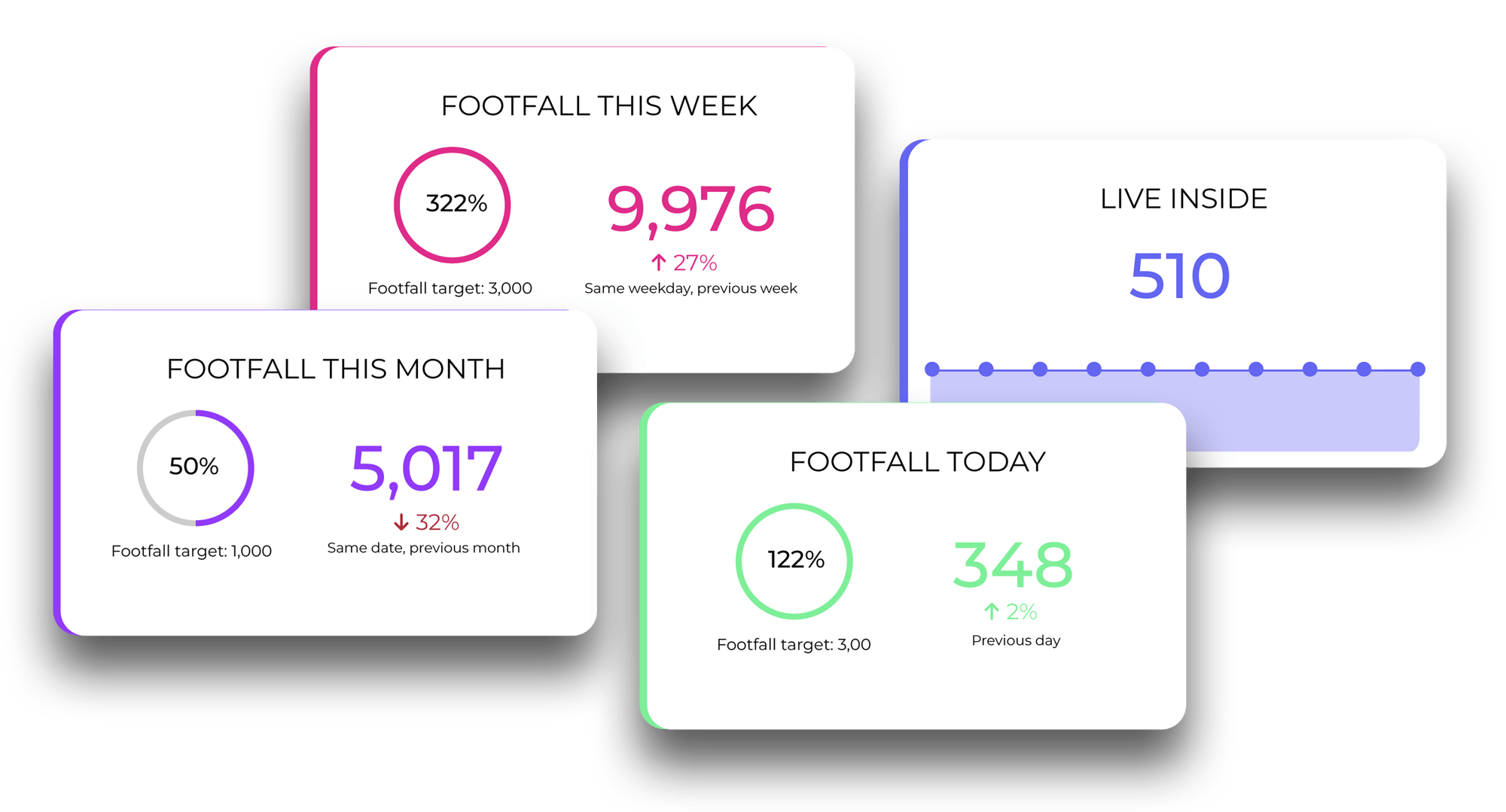

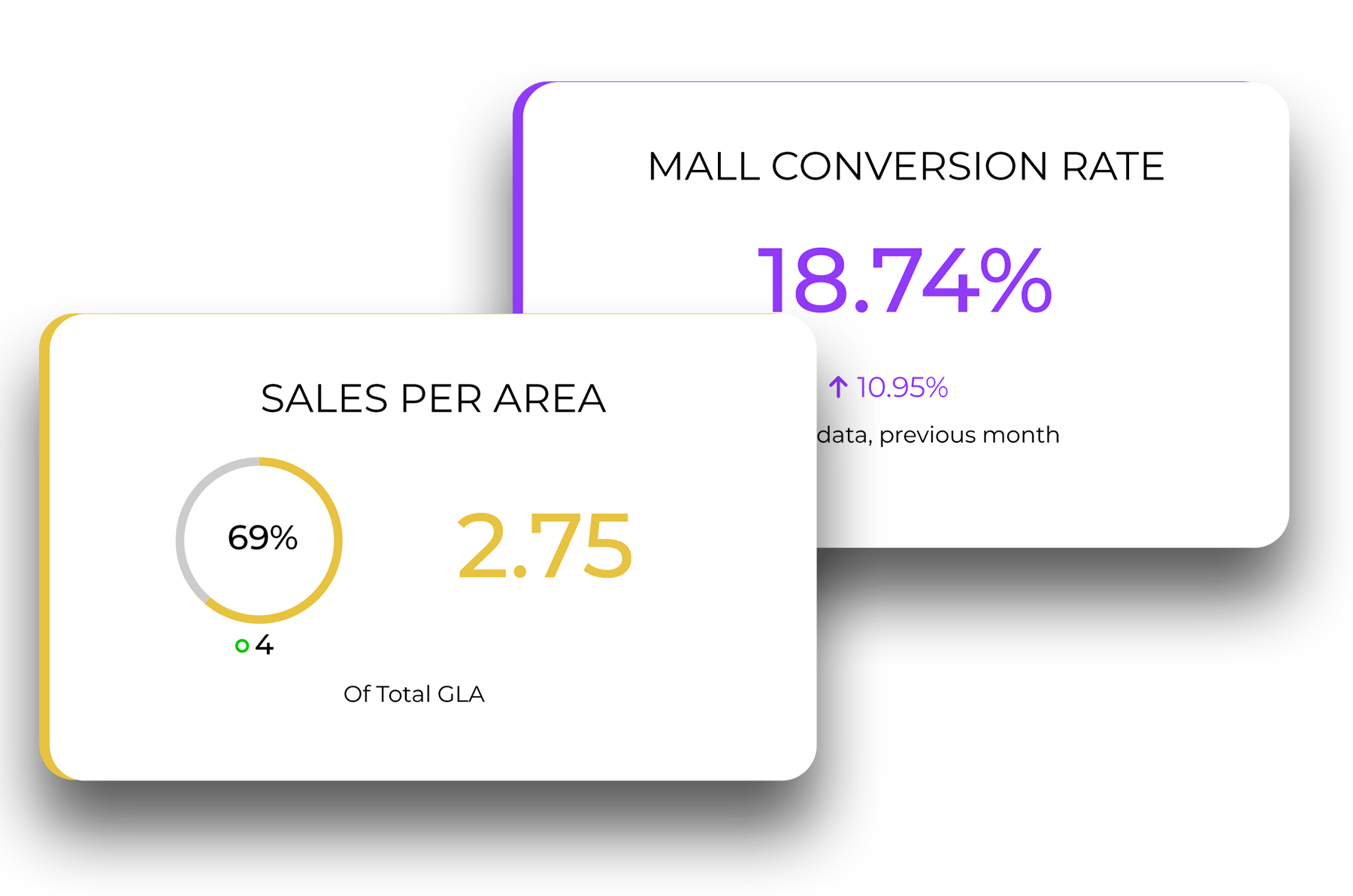
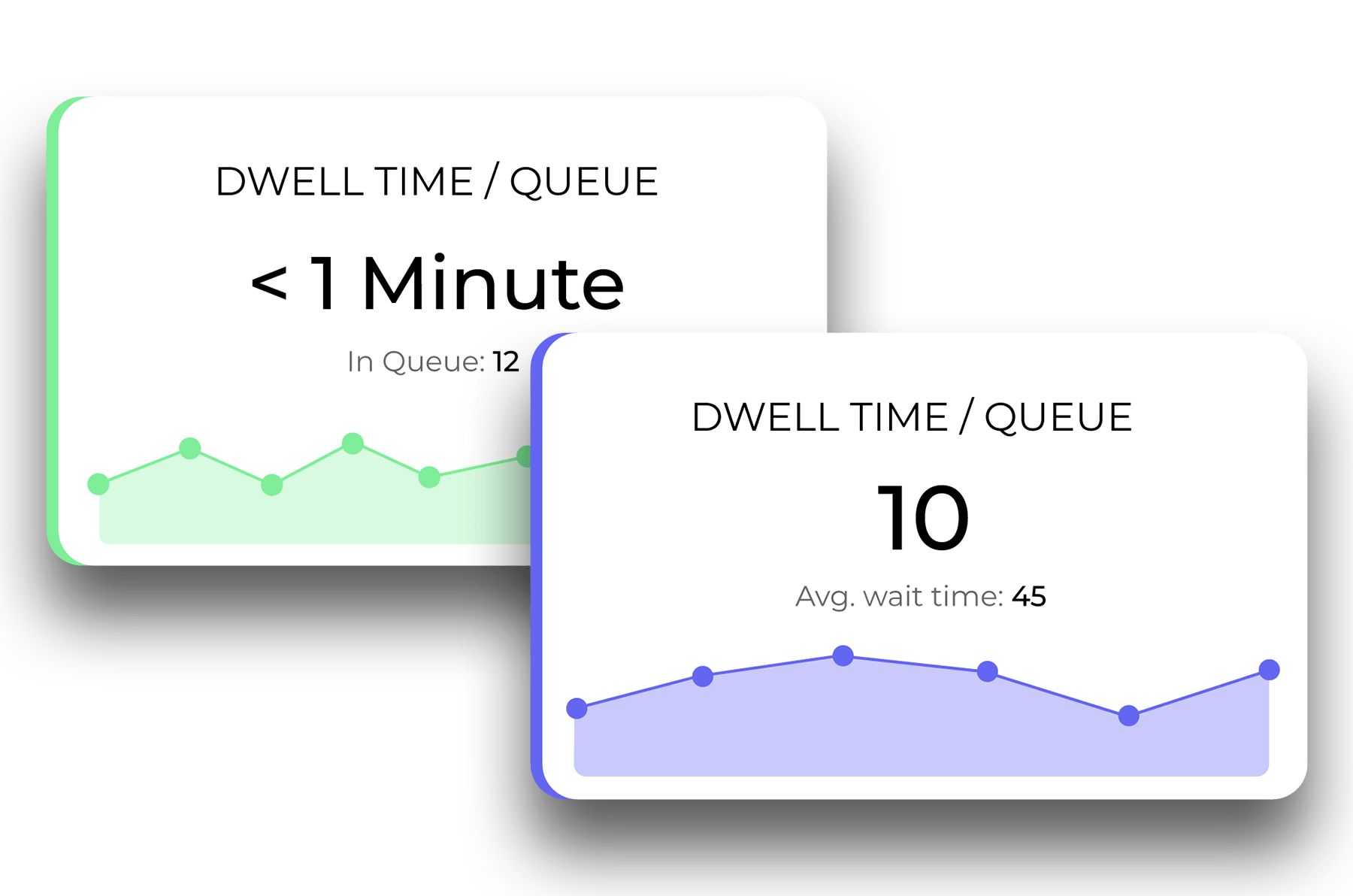
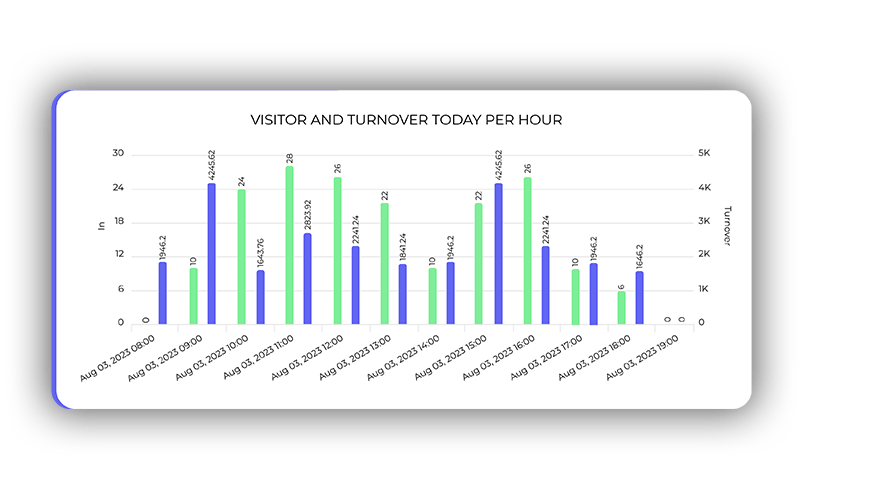
People Counting

We are experts in people counting, providing you with access to accurate and real-time footfall data that helps you optimize your space for maximized profits and enhanced customer experiences.
Learn MoreFacility Management

Our solution provides valuable demographic insights such as age and gender, allowing businesses to tailor their marketing and adjust their strategies to better target their desired audience. It also helps to identify trends in foot traffic, which informs decision-making for future operations.
Learn MoreTenant Management

Our tenant revenue management solution helps malls and other tenancy-based businesses understand the performance of their stores, allowing them to make fact-based decisions regarding layout, rent pricing, and much more.
Learn MoreQueue Management

Improve your customer flow with our queue management solution. Real-time data on queue length and wait times helps you improve customer satisfaction. With us, you can keep constant track of your queue formations, allowing you to take immediate and efficient action.
Learn MoreSales Analytics

Are you looking to boost your conversion rate and draw more people into your store? Through easy integration with your preferred POS system, we give you immediate access to sales data, such as conversion rate, capture rate, average basket size, sales per visitor, and more.
Learn MoreHeatmaps & Tracking
Our tracking maps and heatmaps provide businesses with valuable insights into customer journey, behavior, preferences, and traffic flow. This information allows businesses to optimize their layout and manage their product placements for improved efficiency and profitability.
Learn MoreSolution
By Industry
By Products
Retail
Malls
Supermarkets
Leisure
Education & Public Institutions
Airports
Public Transportation
Smart Cities
Smart Buildings

Is your utmost concern increasing your conversion rate? We help physical retail stores collect customer centric data from both inside and outside their store. This way, we give them the information needed to improve store efficiency and increase conversion rates.
Learn More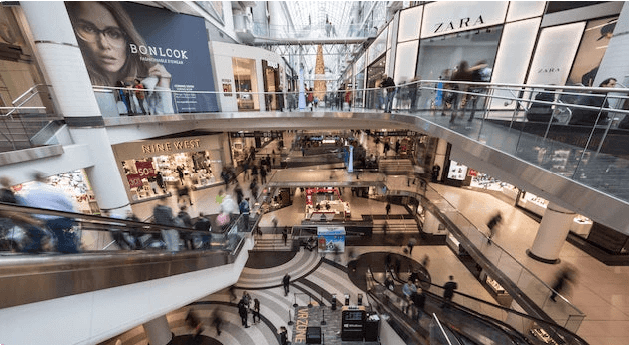
Do you want to optimize your mall performance? We offer malls an all-inclusive solution that combines people counting and data analytics with automatic tenant revenue management. Our solution to malls aims at building a transparent and trustworthy relationship between mall owners and their tenants.
Learn More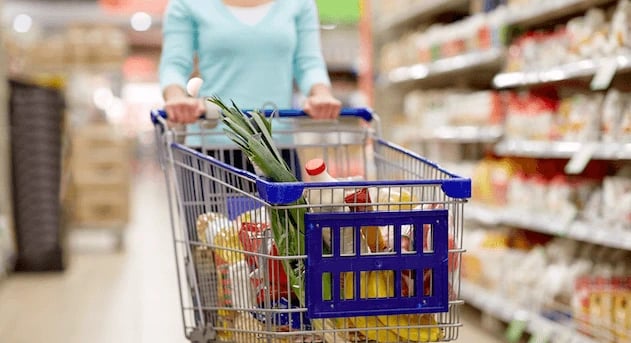
Do you know the strategic areas for product placements? We offer a complete solution for supermarkets that allows them to discover the full customer journey, including dwell zones, popular areas, queue times, and much more.
Learn More
Do you want to have happy visitors all year around? We help the leisure industry keep track of all their incoming visitors, allowing them to understand the effects of various events and marketing efforts.
Learn More
Do you understand the visitor flow of your institution? We help the educational and institutional sectors understand visitor behavior and flow throughout their entire facility, allowing them to optimize their layouts efficiently.
Learn More
Do you have control of the queue formations at security? With us, you gain valuable insight into the queue tendencies at security control and check-in, as well as the overall passenger flow in your airport.
Learn More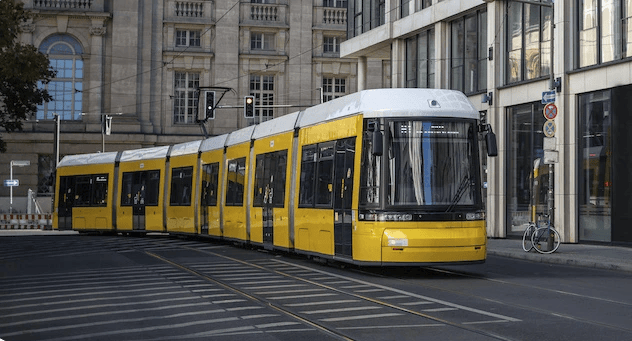
Do you want to avoid congestion at your stations? We help public transportation centers keep live track of their incoming traveler flow at both stations and inside transportation vehicles for improved traveler experiences.
Learn More
How smart is your city? We digitize city centers with modern, weather-resistant people counting sensors that help them keep track of pedestrian traffic in their shopping hubs or other high-traffic areas.
Learn More
Is your facility cost- and resource efficient? We provide buildings and offices with a smart solution that lets them keep track of the usage of their facilities, while securing a pleasant indoor environment.
Learn MoreVemCount
VemTrack
VemTenant
VemSpace
VemFusion
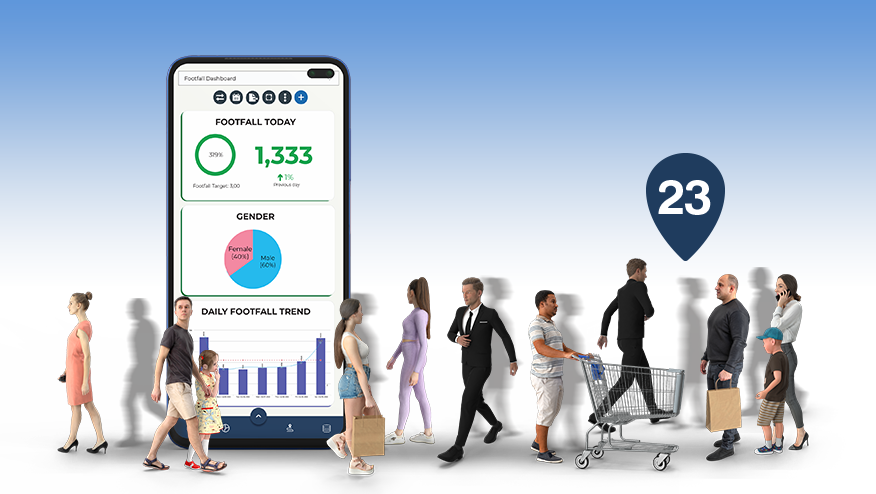
With VemCount in your hands, you can count on us to do the counting. We provide you with real-time access to valuable people counting data that helps you enhance your business efficiency.
Learn More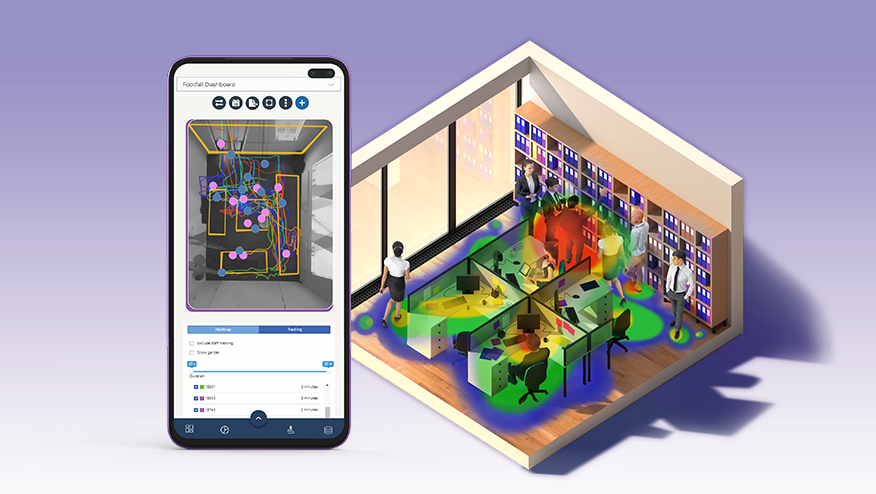
Do you know the full customer journey in your facility? Our VemTrack solution provides a deeper understanding of customer behavior by showing you your facility's popular and less popular zones.
Learn More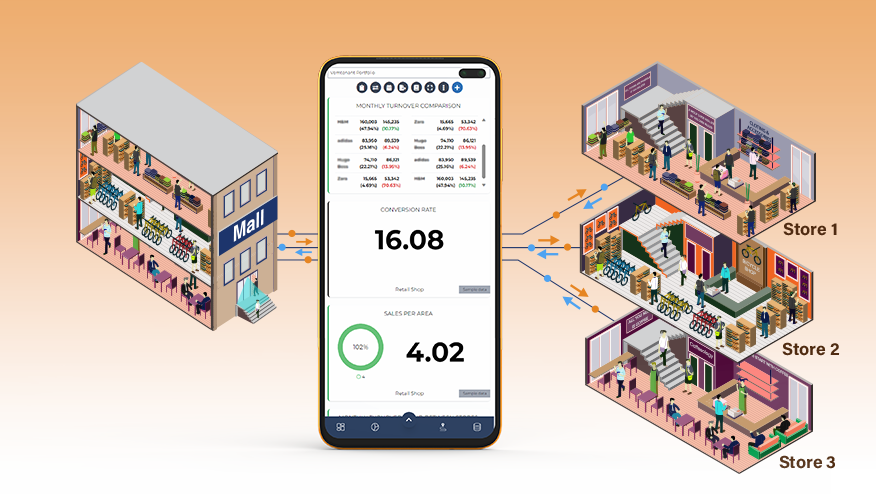
VemTenant is developed in close collaboration with mall industry leaders and offers a transparent and credible two-way communication system to strengthen the relationship between mall owners and their tenants.
Learn More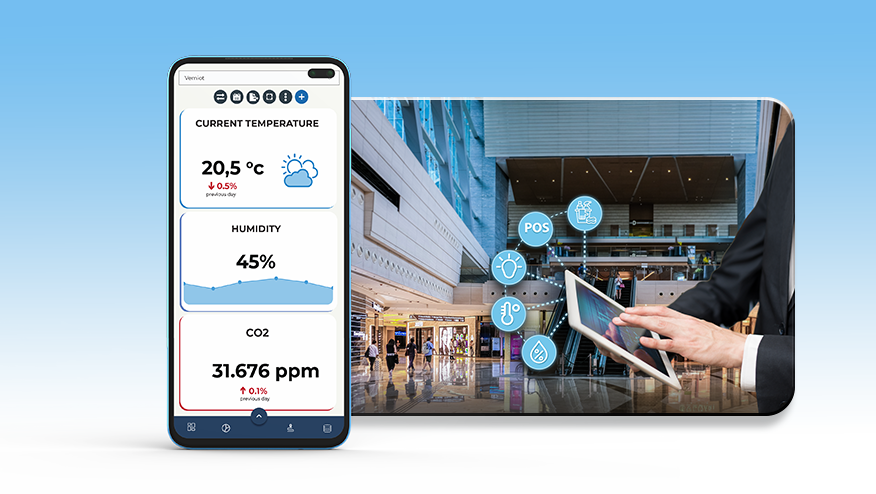
Do you have a complete overview of your building usage, including every detail, such as room occupancy, meeting room bookings, and indoor climate? With VemSpace, you get a full occupancy management solution that helps you stay resource-effective and meet your ESG goals.
Learn More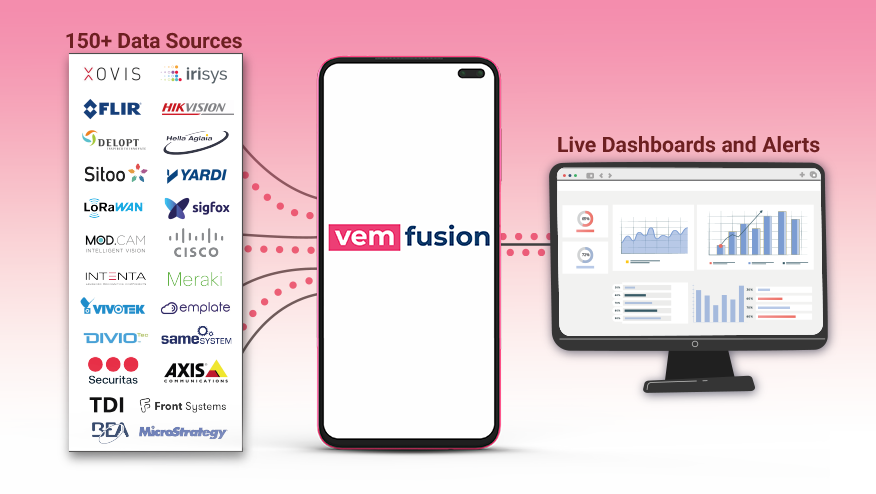
We deliver a unified solution, ensuring easy API and CSV integration and management of your preferred POS, ERP, CRM, and BI systems through VemFusion.
Learn MoreA Solution to Every Problem
Luksusbaby A/S
Problem
Luksusbaby wanted to view real-time, accurate KPIs regarding their physical stores, such as hit and conversion rates, for improved decision-making.
Solution
Our solution helped Luksusbaby take action based on facts rather than intuition while discovering the age of their incoming visitors for accurate conversion rate data.
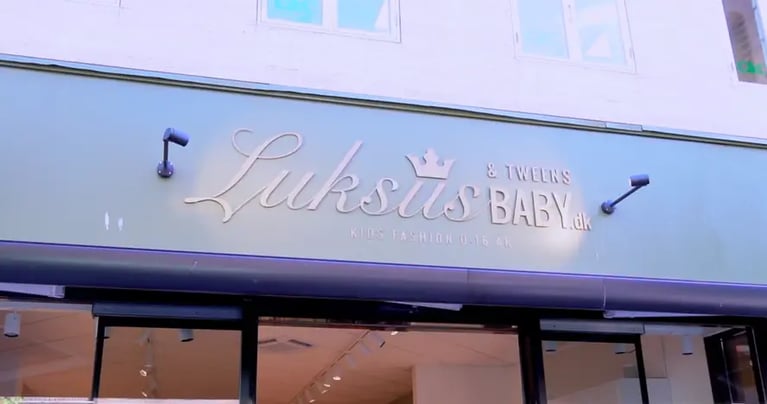
Daells Bolighus
Problem
Daells Bolighus struggled to keep up with the changing market and had been in an economic deficit for 16 years. The main problems were old-fashioned marketing strategy and a lack of insight into customer data.
Solution
Vemco Group installed people counters in both Daells Bolighus stores and integrated sales and visitor data from the physical stores with online data from their website, allowing them to view and compare data across locations.
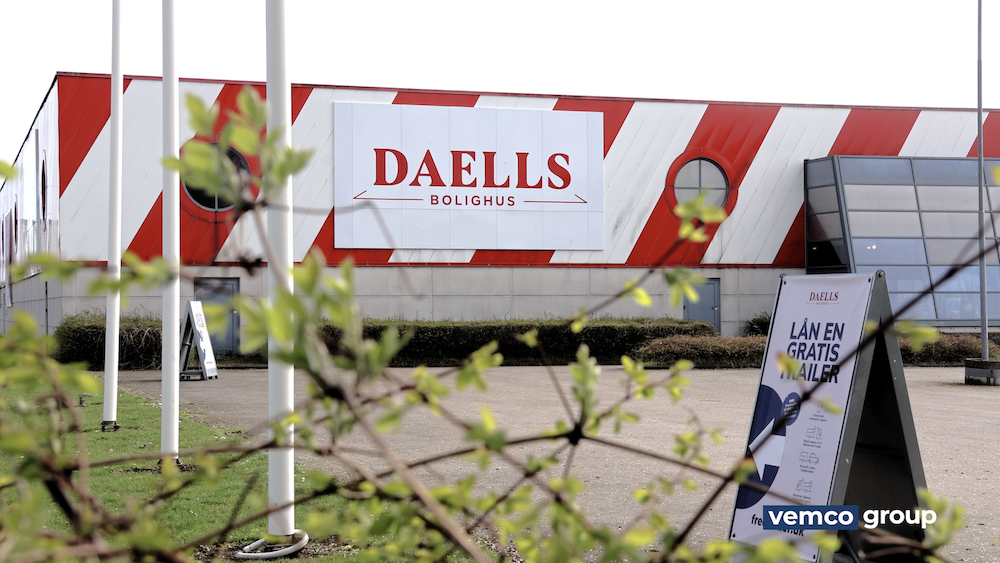
Magasin
Problem
Magasin had an outdated, unreliable people counting solution and wanted a hosted solution, exporting data into a central BI system to give them insight into customer behavior in all their department stores.
Solution
We delivered an accurate, up-to-date people counting solution to Magasin, which allowed them to reduce operational costs by outsourcing their customer data to us.

Odense Municipality
Problem
Odense Municipality wanted to access insight into how the citizens and visitors of Odense use the city and act on these insights based on factual decision-making rather than intuition.
Solution
To measure how the citizens and visitors of Odense use the shopping street, we cover all relevant entrances and exits with weather-resistant sensors that cover heights up to 20 meters.
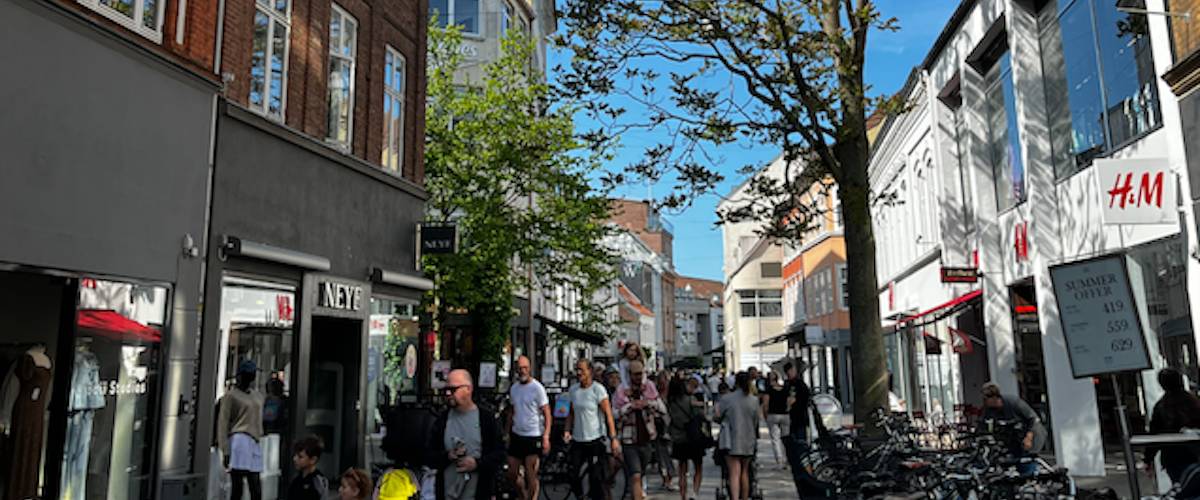
We’ve got a head for numbers, and heads to count
Founded in Denmark and with more than 18 years of experience, Vemco Group is a world-leading data analytics software company, specializing in people counting, customer behavior, and business optimization.
Discover Vemco Group24/7
Local Support
In-House Developed Software
0%
Partners in

0+
Countries
Yearly People Counts
0B
Up to
0%

Sensor Accuracy
GDPR Compliance
0%
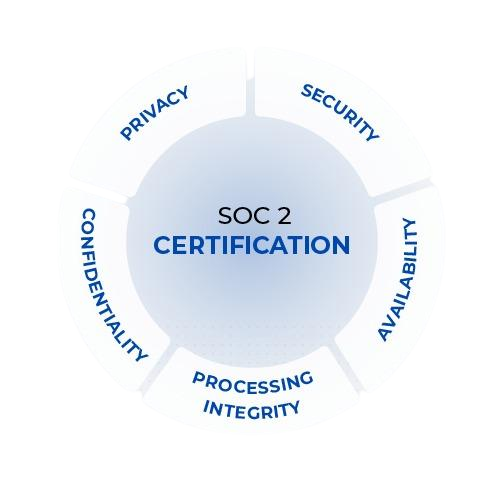
Global Installations
0k+

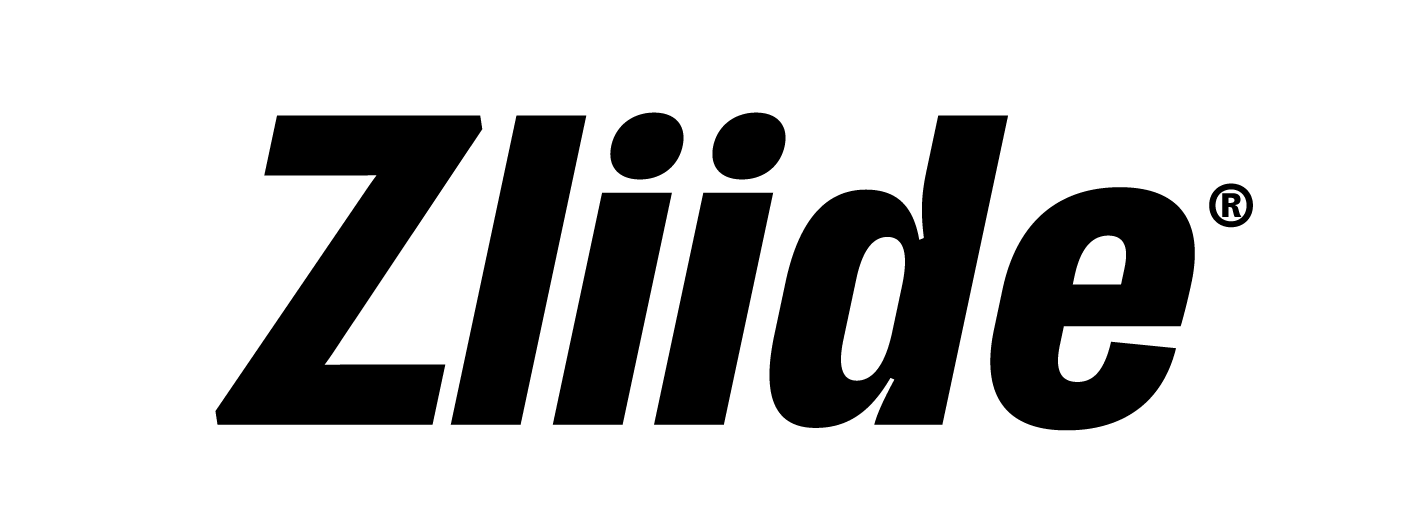






.png?width=5000&height=1000&name=Hikvision-logo-1%20(1).png)
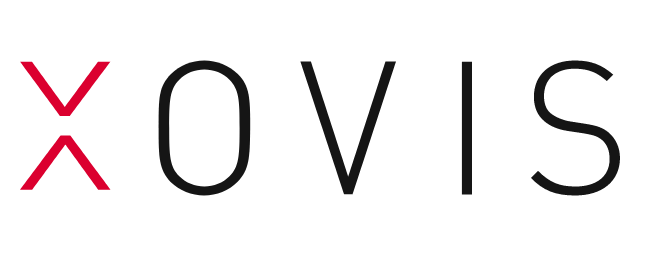








.png?width=5000&height=1000&name=Hikvision-logo-1%20(1).png)













.png?width=5000&height=1000&name=Hikvision-logo-1%20(1).png)









.png?width=5000&height=1000&name=Hikvision-logo-1%20(1).png)




Our Partners
We ally with companies that integrate our software into their own sensor and people counting technologies. This way, we can adapt to and meet the ever-changing needs and demands of our valued customers across the globe.
Are you providing cutting-edge technology for people counting or other technologies that support the field of visitor analytics? You might be our new supplier or partner.

Already have a solution?
We can upgrade your existing - perhaps even outdated - solution by taking over your existing people counters or replacing them with modern technologies that will take your business to the next level.
Content Hub
Let’s Get in Touch!








